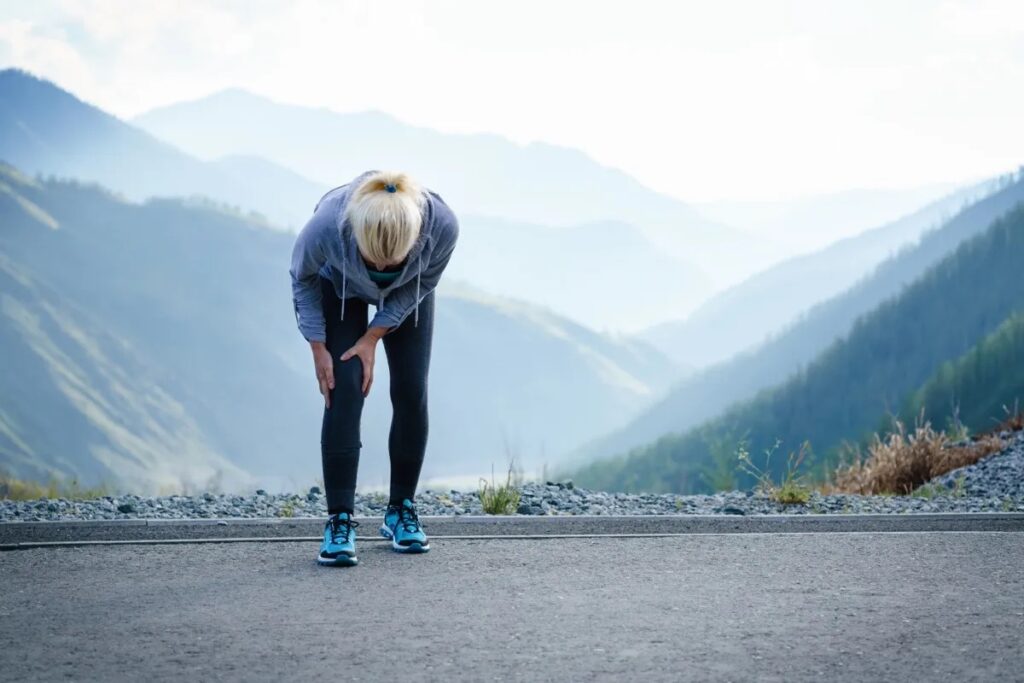In this post we discuss what preventable disability is and how we can reduce its impact.

A year or so ago I was sat on a bench on the top of Richmond Hill with a colleague of my mine. We were earnestly discussing what we were trying to achieve in the world.
Somewhere from my Guinness addled brain came the words ‘reducing unnecessary disability.’
As you may have noticed, 99% of what comes out of your mouth when you drink is nonsense. I’m no exception.
This one stuck though.
The definition of disability includes ‘a physical or mental condition that limits a person’s movements, senses or activities.’
A better word for unnecessary in this context might be ‘preventable.’
Let me give you some examples to explain what I mean.
Client experiences
A few years back this particular gentleman sprained his ankle badly enough to require surgery.
Despite receiving physiotherapy following the operation, he was unable to walk more than a block without his ankle swelling and becoming painful
Presuming this situation remained largely unchanged, how does this play out for a man in his 30s whose desire was to remain active?
How about this case.
A woman in her early 40s with crippling back pain following a back spasm that required a trip to A & E.
Although previously active, she now had difficulty working or caring for her young family.
Exercise seemed out of the question as she was concerned this would provoke another incident.
Where does this path lead if everything remains the same?
Lastly this lady who’d been diagnosed with osteoarthritis in both knees. A surgeon informed her she would likely need both replaced in the future but was too young at the present time.
She was unable to walk without pain and couldn’t do the one thing she loved the most, play music.
The situation was understandably impacting her mental health.
These are all real life examples. All three are clients who have thankfully recovered using bespoke resistance training programmes. They now lead active, largely pain free lives.
The research suggests the alternative picture is relatively grim however.
Ankle sprains
Up to 74% of patients who sustain an ankle sprain go on to develop residual symptoms that can persist years after the initial injury. Many will develop chronic ankle instability.
These impairments contribute to long-term limitations and restrictions in recreational and occupational activities, that negatively impact health-related quality of life.
Back pain
Women are disproportionately affected by back pain. Those who report high levels of disability as a result are 55% less active and more likely to be both depressed and unemployed.
Knee pain
Knee pain caused by Osteoarthritis (OA) can impact mental health. This is particularly true for women who are more likely to feel stress and depression with knee OA.
The impact of preventable disability
When we think of disability we usually picture conditions that at present, modern medicine can do little about.
There are, however, countless individuals who are suffering with physical impediments which by and large can be improved with the right approach.
Parents who can’t play with their children.
People who aren’t able to participate in the activities that bring them joy.
Individuals who feel broken and have given up.
Now of course I can’t affect everyone. I’m working away in my small corner of London, doing the best I can for the people who choose to work with me.
I’ve seen what’s possible however, so I can’t help wondering what the world would look like if this information was more widely available.
Summary
Resistance training applied in an appropriate manner and directed at areas of muscle weakness can work wonders.
For many people it can be life changing.
If you currently suffer with physical limitations related to a previous injury, or a condition such as Osteoarthritis, there’s a good chance it can help you too.
Feel free to drop me a line if you have any questions. If I can’t help I’ll do my best to put you in touch with somebody who can.